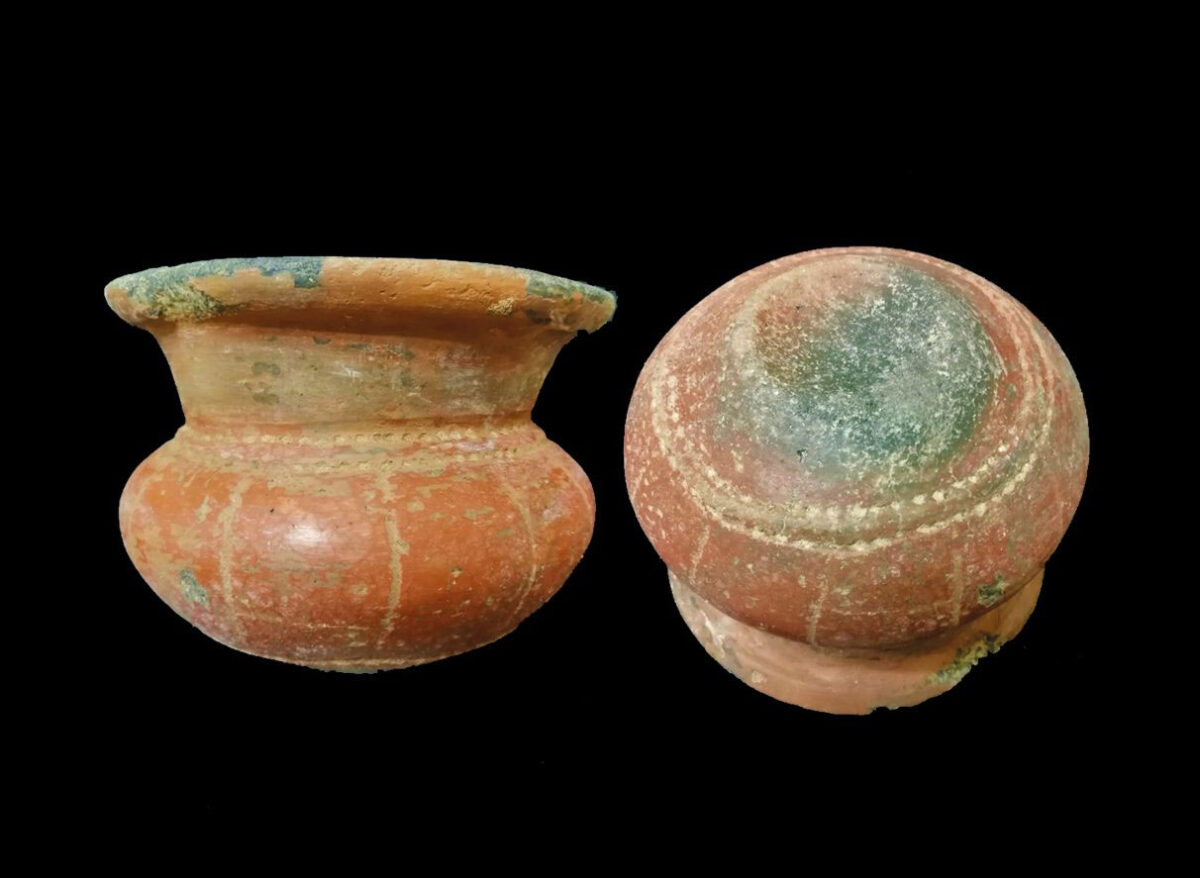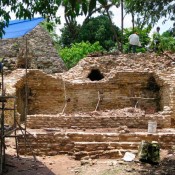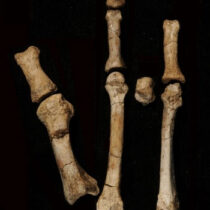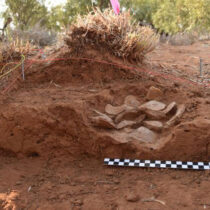Specialists from INAH Quintana Roo Center, a National Institute of Anthropology and History (INAH) office, recently recovered a Mayan pot inside a cave. This cave is in the urban area of Playa del Carmen.
According to archaeologists from INAH Quintana Roo Center, Jose Antonio Reyes Solis and Enrique Terrones Gonzalez, a report presented to the institute by biologist Roberto Rojo Garcia, head of the Urban Cenotes project in Playa del Carmen, led to an agreement to visit the cave, which is in a land owned by a religious association.
The natural chamber, currently located in a green area and named Cueva de la Cruz, had already been mapped by speleologists of the aforementioned project, who shared with the archaeologists the cave’s layout.
Since there is a mirror of water in the cave that tends to fill up during the rainy season, the patrimonial good was located near the east wall of the cave, partially submerged in soft sediment, explains Antonio Reyes.
The vessel was found complete and with its mouth facing north, although it is inferred that this position is not the one original intended due to possible movements caused by changes in the level of the water body, or due to interactions with the fauna, added the head of the Cultural Property Safeguard of the INAH Quintana Roo Center.
Once the photographic record was made and the topographic information was gathered, the pot was meticulously removed. This required forming a human chain to extract it without damage, since the small shack where it lay only allowed one person.
After removing it from its context, the surrounding area was inspected to locate any associated element. However, the space it occupied was immediately flooded by water that seeped from the ground, which prevented detailed revisions in such a reduced environment.
The object was then transferred to the storage unit of the Mayan Museum of Cancun, where archaeologists were able to make a more detailed inspection and conclude the vessel measurements: 13 cm height, 16 cm of inside diameter and 17 cm of outside diameter.
Although it lacks a bridging handle, it has been associated with vessels used to prepare chocolate and with ceramics associated with the Late Preclassical period (300 BCE-250 CE). Therefore, this vessel is relevant for the study of the early groups that inhabited this region of present-day Quintana Roo.
“It presents a reddish coloration on the outside and a black engobe on the inside. Covered by calcium carbonates, a characteristic of the objects recovered in caves. We can also observe that its decoration seems to provide a phytomorphic image, like a pumpkin”, explained archaeologist Antonio Reyes.
These findings allow us to obtain valuable scientific information, because thanks to their archaeological content, they detail features of style, technique, origin, commercial exchange, and temporality, to name a few, emphasized the director of the INAH Quintana Roo Center, Margarito Molina Rendón.
Likewise, from an anthropological perspective, they are witnesses to identities and territorialities, generational pottery practices, daily uses, ritual practices, myths and, in general, cultural evolution.
“That is why, for the INAH it is important to recover any patrimonial good in their original context, from a clay pot to a complete vessel,” concluded anthropologist Molina.
According to the institute’s report, it will be a priority to return to the Cueva de la Cruz during the dry season to conduct a detailed exploration in its dry part and in its water bodies, to verify the possible presence of other archaeological objects.
In coordination with the Cenotes Urbanos project –based in Playa del Carmen –INAH will train the property’s personnel to avoid unauthorized access to the geological formation.





